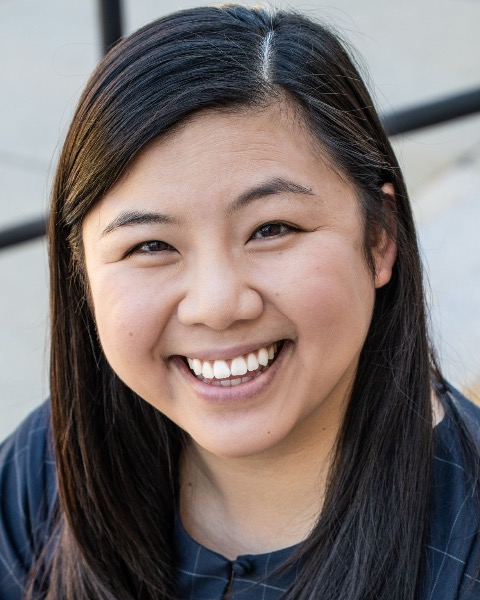Health Services Research
HSR 3: Social and Medical Complexity
592 - Exploring the Hospital-to-Home Transition for Medically Complex Children: Perspectives from Providers and Spanish Speaking Caregivers
Sunday, April 30, 2023
3:30 PM - 6:00 PM ET
Poster Number: 592
Publication Number: 592.319
Publication Number: 592.319
Stephanie Squires, Stanford University School of Medicine, Palo Alto, CA, United States; Kim Hoang, Stanford University School of Medicine, San Mateo, CA, United States; Lizette Grajales, Stanford University School of Medicine, Palo Alto, CA, United States; Bonnie Halpern-Felsher, Stanford University School of Medicine, Palo Alto, CA, United States; Lee M. Sanders, Stanford University, Stanford, CA, United States

Stephanie Squires, MD (she/her/hers)
Pediatric Hospital Medicine Fellow
Stanford University School of Medicine
Palo Alto, California, United States
Presenting Author(s)
Background: Children with medical complexity (CMC) who also have a caregiver with a language other than English (LOE) experience a greater risk of adverse events following discharge with half of these events attributable to communication failures between caregiver and provider. Understanding CMC-LOE caregiver and provider perspectives on how these communication challenges affect a successful transition from hospital-to-home may help improve CMC-LOE outcomes.
Objective: Explore the perspectives of Spanish speaking CMC caregivers and their medical providers, about factors and barriers associated with a successful transition from hospital-to-home.
Design/Methods: From August to December 2022, we conducted semi-structured interviews with Spanish-speaking caregivers of CMC and their inpatient attending physicians 24-72 hours after hospital discharge. Interview questions were developed based on CMC hospital-to-home literature and the Chronic Care Model. Eligibility criteria were caregivers of children aged < 12 years, hospitalized > 48 hours. Caregiver interviews were conducted by a bilingual research assistant (LG); provider interviews were conducted by a hospital-medicine physician (SS). Two investigators (SS, KH) independently coded transcripts and reconciled codes using constant comparison to develop themes. Preliminary themes and coding conflicts were discussed with 2 other research team members (BHF, LS) to reconcile themes and ensure validity.
Results: We interviewed 14 caregivers and 14 providers. Majority of caregivers interviewed had children with >5 hospitalizations since birth. Three themes emerged: 1) Caregivers perceive a lack of standardization of when inpatient providers will use interpreters during patient interactions, 2) Caregivers do not feel empowered to ask questions during their child’s hospitalization, and 3) Caregivers’ perceived self-efficacy after discharge is impacted by interpreter access in both inpatient and outpatient settings. These themes are described further in Table 1. Caregiver and provider participants’ recommended strategies to improve CMC-LOE caregiver transitions from hospital to home are included in Table 2.
Conclusion(s): Poor language-access standardization in the hospital may directly impact the quality of discharge planning for CMC patients with Spanish speaking caregivers. Future interventions to bridge this gap should include opportunities for standardization of interpreter use and opportunities for CMC-LOE caregivers to partner in discharge planning needs to promote a successful transition from hospital-to-home.
.jpg)
.jpg)
